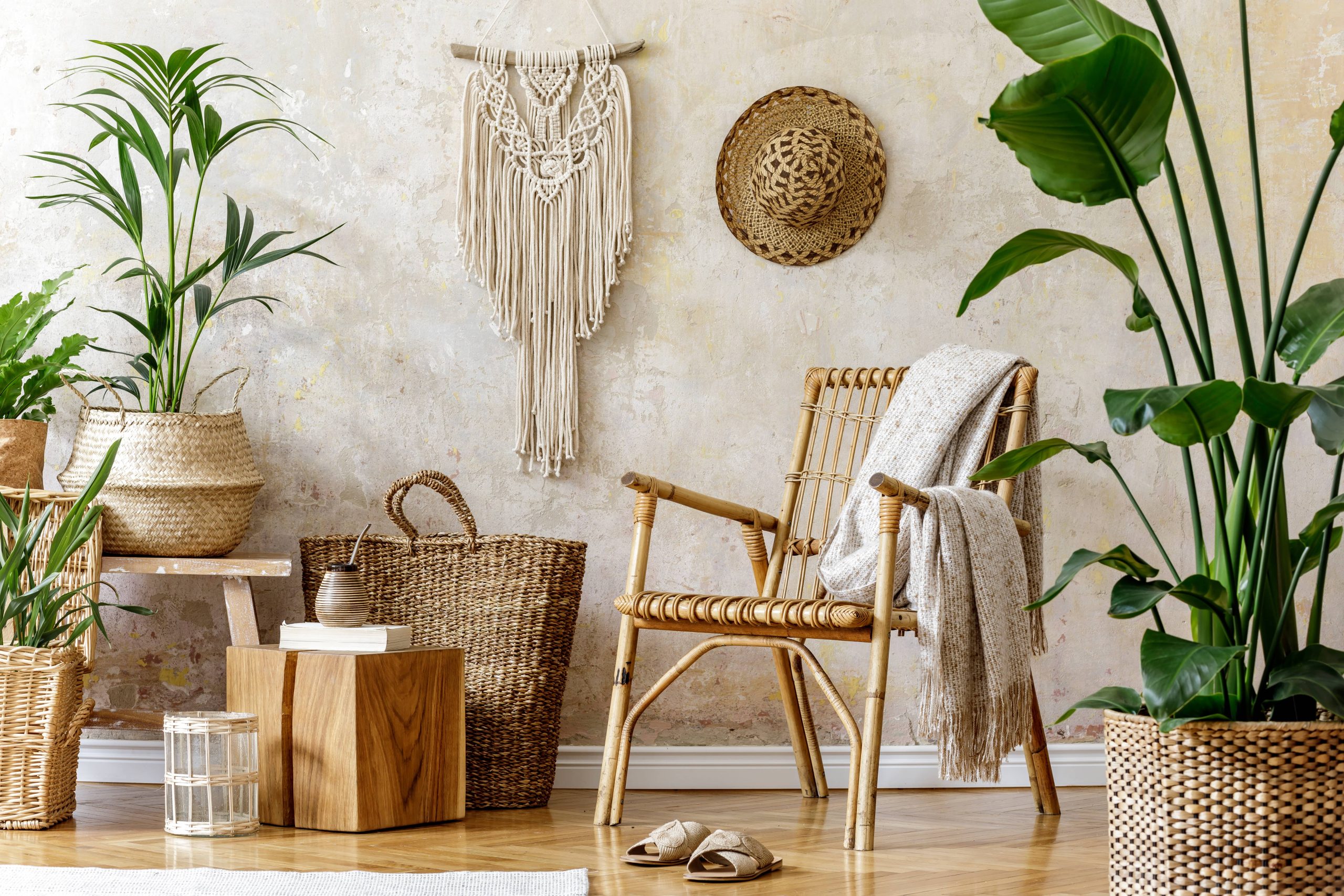
In today’s fast-paced world, finding a moment of peace and tranquility can be challenging. Many people are turning to meditation as a way to unwind, de-stress, and reconnect with themselves. Creating a dedicated meditation space in your home can enhance your practice and provide a sanctuary for relaxation. Here’s how you can design a peaceful meditation area that reflects your personal style and promotes a sense of calm.
Choosing the Right Location
The first step in designing a meditation area is selecting the right location. Ideally, this should be a quiet corner of your home where you can retreat without distractions. Consider a spot with natural light, as sunlight can have a calming effect and help you feel more connected to nature. If possible, choose a space with a view of the outdoors, such as a garden or a tree, to enhance the sense of tranquility.
Declutter and Simplify
A cluttered space can lead to a cluttered mind. Keep your meditation area simple and free of unnecessary items. This doesn’t mean it has to be bare, but rather that each item should have a purpose and contribute to the overall sense of peace. Consider using storage solutions to keep the area tidy and organized.
Selecting the Right Colors
Colors can have a significant impact on your mood and energy levels. For a meditation space, opt for soothing, neutral tones like soft whites, beiges, or pastels. These colors can help create a serene atmosphere and promote relaxation. If you prefer a bit of color, consider incorporating shades of blue or green, which are known for their calming properties.
Comfortable Seating
Comfort is key when it comes to meditation. Choose seating that supports your practice, whether it’s a cushion, a chair, or a yoga mat. If you prefer sitting on the floor, a meditation cushion or a bolster can provide the necessary support and comfort. Ensure that whatever seating you choose allows you to maintain a comfortable posture for extended periods.
Incorporating Nature
Bringing elements of nature into your meditation space can enhance the sense of peace and connection to the earth. Consider adding plants, which can purify the air and add a touch of greenery. A small indoor fountain can provide the soothing sound of running water, which can help drown out background noise and promote relaxation. Natural materials like wood, stone, or bamboo can also be incorporated into the decor to create a harmonious environment.
Lighting and Ambiance
Lighting plays a crucial role in setting the mood of your meditation space. Natural light is ideal, but if that’s not possible, opt for soft, warm lighting. Candles can add a gentle glow and create a calming ambiance. Consider using scented candles or essential oils to incorporate aromatherapy into your practice. Scents like lavender, chamomile, or sandalwood can enhance relaxation and focus.
Personal Touches
Your meditation space should reflect your personal style and preferences. Consider adding personal touches that inspire you, such as artwork, a vision board, or meaningful objects. These items can serve as focal points during meditation and help you feel more connected to your space.
Sound and Silence
Sound can be a powerful tool in meditation. Consider incorporating a sound element, such as a singing bowl, chimes, or a playlist of calming music or nature sounds. Alternatively, you may prefer complete silence. If noise is an issue, consider using noise-canceling headphones or a white noise machine to create a peaceful environment.
Setting Intentions
Before you begin using your meditation space, take a moment to set your intentions. What do you hope to achieve with your practice? Whether it’s stress relief, increased mindfulness, or spiritual growth, having a clear intention can enhance your meditation experience and help you stay focused.
Maintaining Your Space
Finally, it’s important to maintain your meditation area. Regularly clean and declutter the space to keep it inviting and serene. Consider refreshing the decor or rearranging the layout periodically to keep the energy flowing and prevent stagnation.
Creating a peaceful meditation area at home is a personal journey that can greatly enhance your well-being. By thoughtfully designing a space that reflects your needs and preferences, you can cultivate a sanctuary that supports your meditation practice and promotes a sense of peace and tranquility in your daily life.







